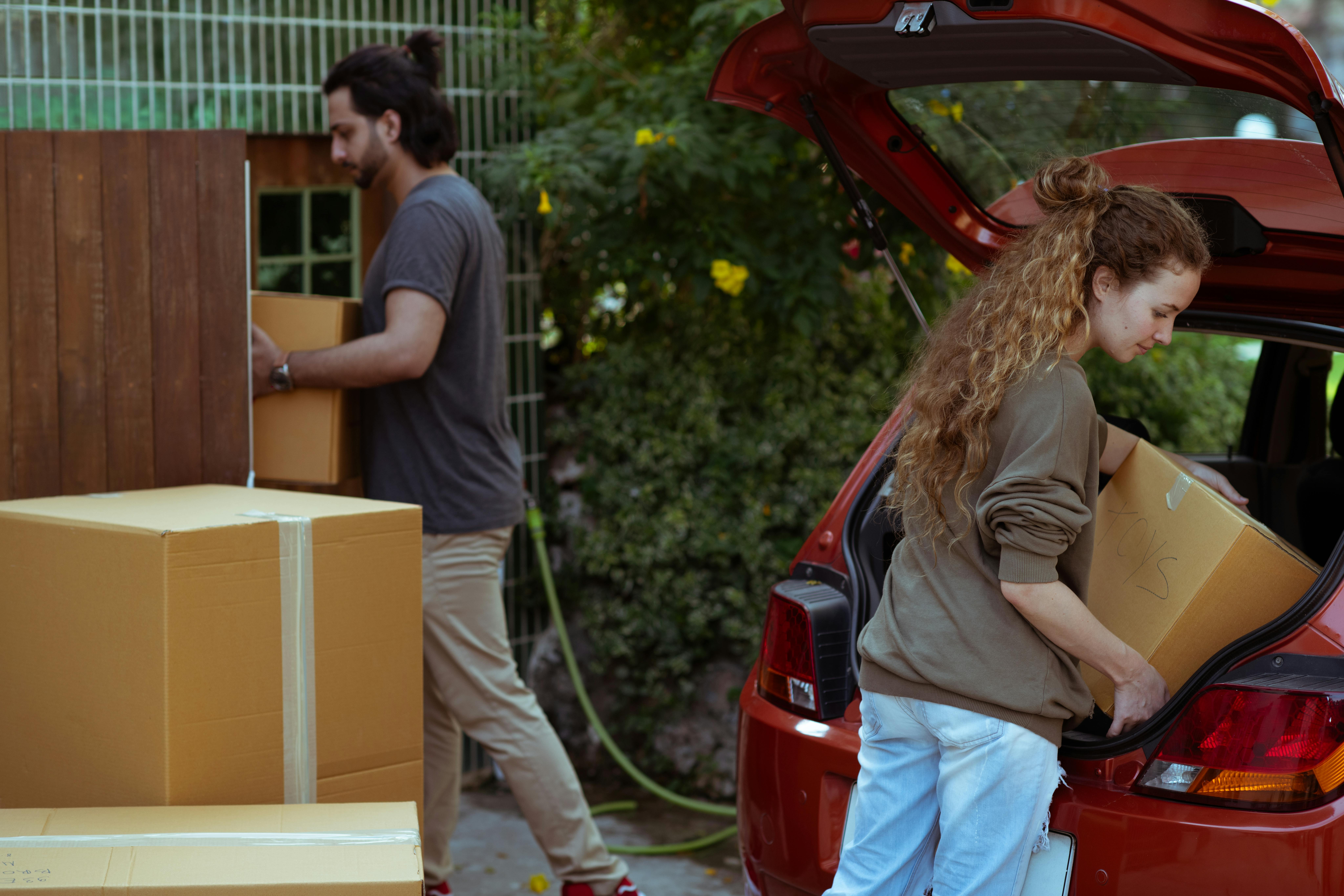When horse owners decide to transport their horse for a short or long distance trip, they tend to focus on choosing the most suitable trailer to purchase or rent. Of course, since the safety and comfort of the horse are the main concern, the choice of trailer is key. With that being said, one of the biggest mistakes people make is not also considering the tow vehicle they intend to use. The overall safety and well-being of your horse, the vehicle’s driver and passengers, as well as others on the road, depends on choosing a vehicle that can handle the combined weight of your trailer, horse, passengers and equipment. The key metrics to look at to ensure you have the right trailer/trailer combination are the GVWR of the trailer and the GCWR of the tow vehicle.
GVWR Trailer
If you’ve already chosen a trailer (or already own one) and are ready to choose the right towing vehicle, you need to know how much your trailer weighs. More specifically, you need to know the GVWR, or Gross Vehicle Weight Rating. The GVWR, which is usually printed on a decal on the inside door of your trailer, represents the manufacturer’s recommended capacity, or the maximum total weight of the trailer itself and whatever you’re hauling in it. It is important to note that the trailer should never be loaded beyond the GVWR.
Why use GVWR as the weight metric that will help determine which tow vehicle to use, even if you never intend to load the trailer to full capacity? Because that will help give a margin of safety to the driver in light of a horse’s uneven weight distribution (they’re very heavy) and the weight shift that results from the fact that it will have live load.
GCWR Tow Vehicle
Now that you know the weight of your trailer when full, the second key metric that is important is the Gross Combined Weight Rating (GCWR) of your tow vehicle. Similar to trailer GVWR, tow vehicle GCWR represents the maximum recommended weight a vehicle can safely tow, which includes the weight of the vehicle itself, its passengers, and its cargo, including the fully loaded trailer.
As a result, the GCWR of your tow vehicle must be greater than the weight of the tow vehicle, plus the GVWR, or the maximum total weight of the fully loaded trailer. In other words, as the required trailer weight and the amount of horsepower you are towing increase, the vehicle’s GCWR must also increase. Let’s say, for example, that the GVWR of your horse trailer is 7,000 lbs. and you’re considering a half-ton (5,000 lbs.) pickup truck like the Chevy 1500. You’ll want to make sure the vehicle has a GCWR of at least minus 12,000 lbs. Of course, the closer you think you’ll be to the 12,000 lb. limit, the more likely you should consider the next truck size. The added cost of $3,000 or more should pay for itself with less wear and tear on the vehicle over time.
It’s also important to consider the terrain you expect to ride most often. Mountain driving, for example, is tough on the climb, but even harder on the brakes on the way down, so it’s best to have a significantly larger truck capacity if you plan to haul your horse up the mountains often. Keep in mind, too, that depending on the weight of your trailer, you may be able to use an SUV or other light truck, unless you’re hauling a gooseneck trailer, which requires a truck or larger unit with a bed. for the trailer. gooseneck hitch.
As a general rule of thumb, it’s best to be conservative and choose a more powerful towing/towing capacity combination than you think you’ll need. The bottom line is that maneuverability and the ability to accelerate and/or brake without difficulty can be the key to a pleasant ride, to be sure, but more importantly, it can also be the difference between life and death on the road. .
